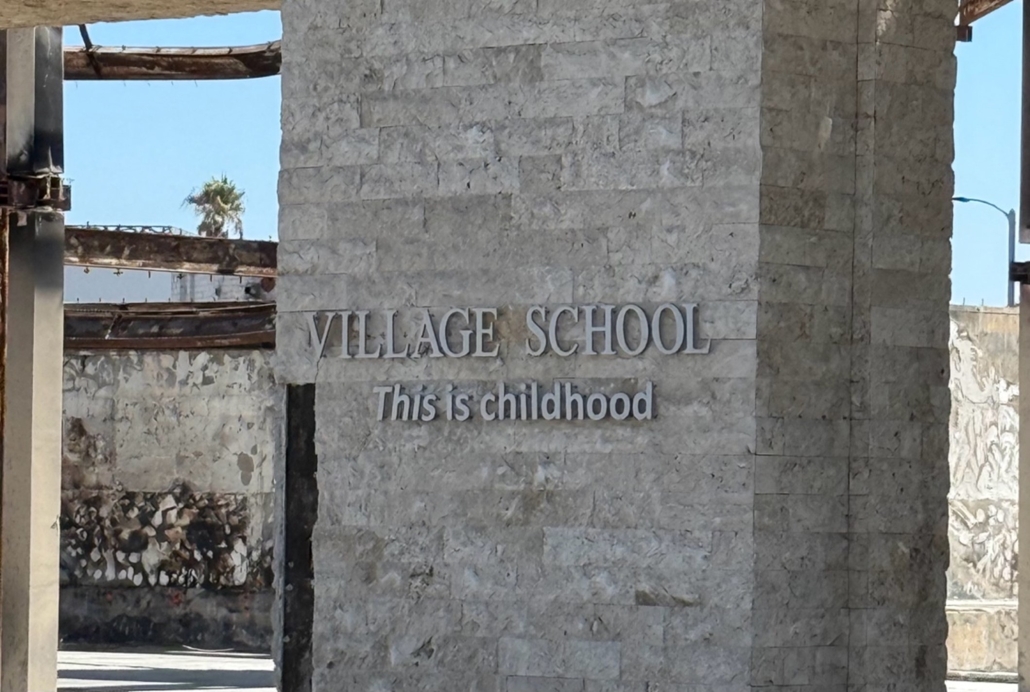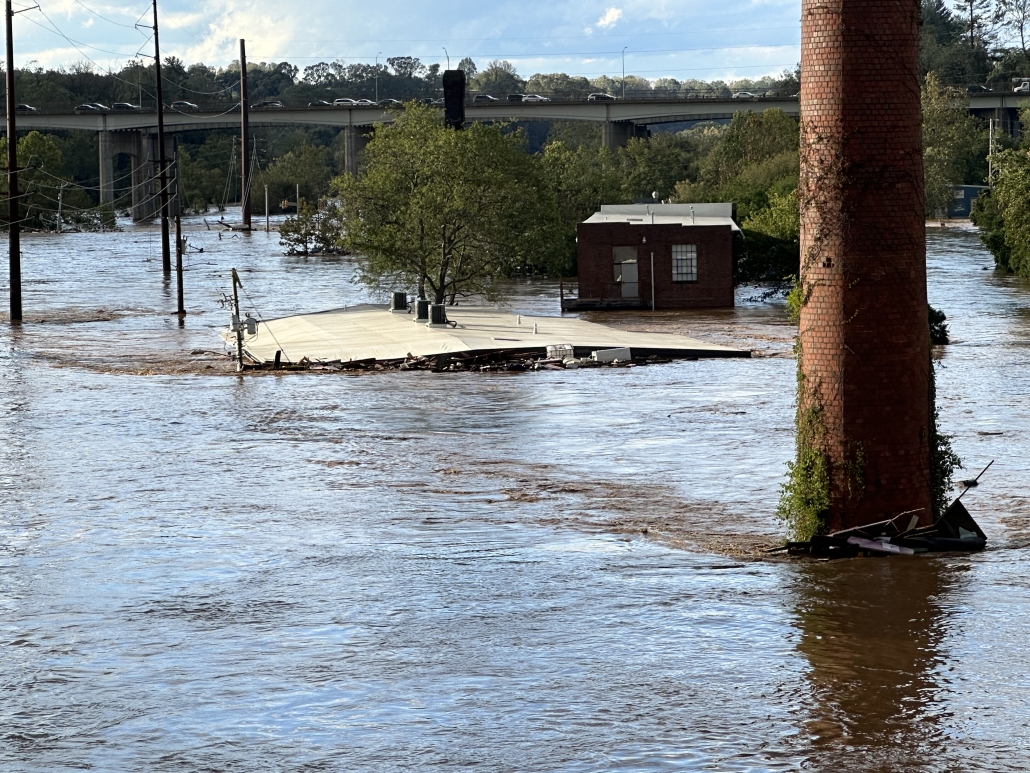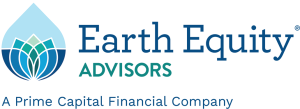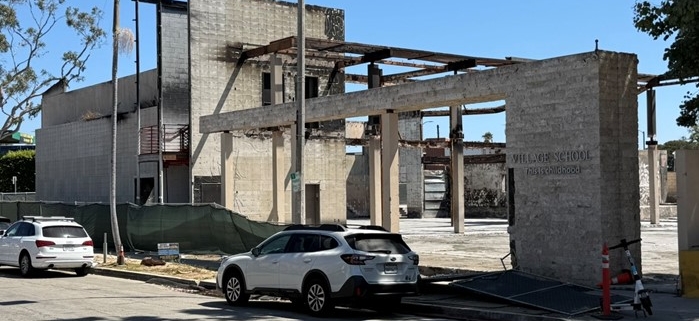One Year After Hurricane Helene – Preparing For The Impact Of A Changed Climate
September 26th marked the one-year anniversary of Hurricane Helene’s devastation of Asheville and Western North Carolina. Every day on my drive to work, I still see the impacts of this climate-fueled storm on our local community. Buildings gone and nothing but foundations left. The stump dump where all of our tree debris is gathered and mulched still has piles 40-50 feet high. The world has moved past the headlines, but Western North Carolina hasn’t moved past the impact.
I was in Los Angeles earlier in September for some client meetings and a conference. I decided to take a drive up to Pacific Palisades one afternoon to check out the impacts in that community, and I came away with the same pit of the stomach feeling that I still get here in Asheville. Hillsides leveled. Lots of foundations where buildings used to be. And several shells of buildings still standing.
The sight of one building in particular hit me harder than the others. It was a school, the Village School. Nothing but a concrete block and steel beam shell was left. But it wasn’t the building that caught my attention, it was the school’s sign.
The subheading for Village School is ‘This is childhood.’ And yes, a changed climate world is childhood for all future generations. Droughts, sea level rise, intense storms, unlivable wet-bulb temperatures, tropical diseases expanding geography, and yes, fires are the future for the children of Asheville, Pacific Palisades, and countless communities worldwide.

If they’re not saying it to their parents, community leaders, and politicians now, they will be soon, “why didn’t you do something when you had the chance? Why did you prioritize billionaires and legacy fossil fuel companies over our future?” They’re legitimate questions that require serious answers.
There’s still time for us to make change. We have the technology and the know-how to move away from the main cause of the changed climate, fossil fuels. We have proven that when we set our minds on overcoming a challenge, we can do it. President Kennedy challenged us to go to the moon, and we figured out how to do it in a relatively short period of time. Unfortunately, we (collectively) lack the political will and ability to sacrifice to do what it takes to undertake an Apollo-level project – even to save ourselves from an existential crisis!
There also is the added challenge of active disinformation campaigns rooted in the legacy industries and their political partners who want to make sure to pump every drop of oil, every lump of coal, and every molecule of natural gas out of the ground to make every penny of profit that they can.
But what so many of the climate deniers, legacy industry executives, and their political enablers miss is that despite the risk of the changed climate, there is also vast opportunity. The opportunity of a cleaner, more resource efficient, more resilient, and more equitable economy. The opportunity to actually make the world a better place for current and future generations AND do it profitably.
We are not prepared for the impacts that the changed climate is bringing and is going to bring. In Asheville, we experienced a failure of our communications infrastructure, our utility infrastructure, and our transportation infrastructure (and I’m sure others as well.) Asheville was without water for two months; Interstate 40 fell into a river; All communications including internet and cell phones were down for extended periods of time.

While this is a risk, it is also a huge opportunity. Resilience and adaptation should be one of the leading investment themes for the foreseeable future. Investments need to be made to strengthen and harden these infrastructure systems, not for the severity of a Hurricane Helene-intensity storm, but the even stronger one that is to come. Our coastlines and especially coastal cities need to prepare for sea level rise. The tropics will see the combination of rising temperatures along with humidity increasing what’s called the “wet bulb” temperature. Humans can’t survive for long in very hot, very humid conditions. And areas like Pacific Palisades will need innovations in materials science for fire resistance and better water management practices among others.
For a long time, sustainability advocates believed that by focusing on resilience and adaptation, that you were giving up on sustainability and reducing impact. But the reality is that they are not exclusive. In fact, they go hand in hand. SRI: Sustainable, Resilient, and Innovation Investing. If we acknowledge that we are living in a climate-changed world, we need to continue to reduce our impact by moving away from fossil fuels as fast as possible so future generations have the opportunity to thrive just as we have. But we also need to acknowledge that we must prepare for the impacts of that changed climate, i.e. resilience and adaptation. Innovation has defined our society, and it has the opportunity to help us become more sustainable, more resilient, and hopefully, leave future generations the same opportunities that we’ve been able to enjoy.
This is our opportunity to change the negative connotation of “this is childhood” to one of hope. Let’s not screw this up!



